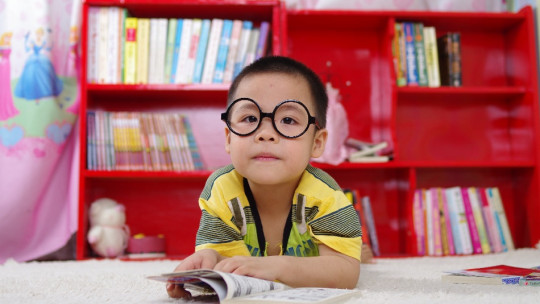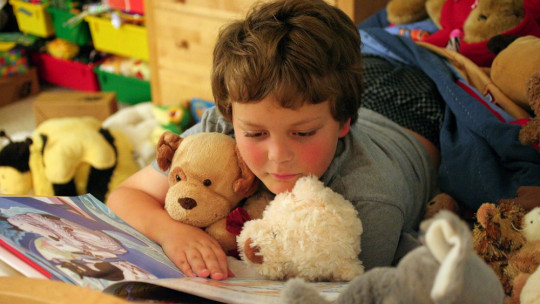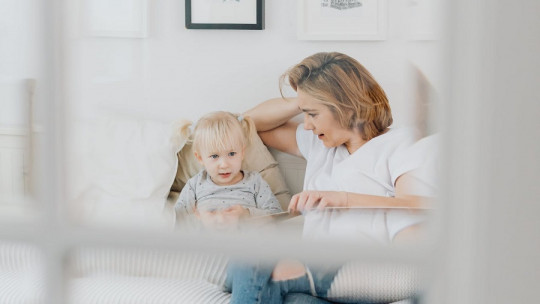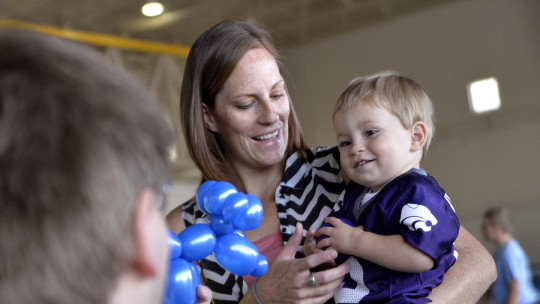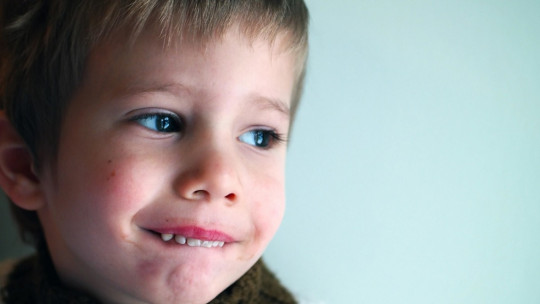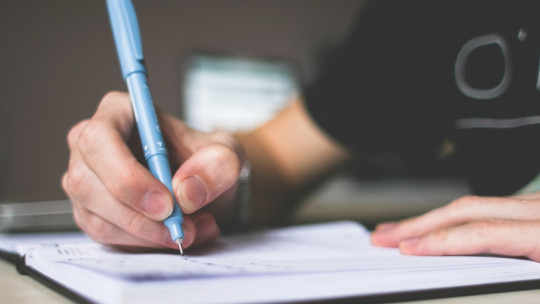Verbal language is a skill that not only serves to express needs and desires ; It is a competence that greatly influences the ability to organize, structure and mentally assimilate external information.
It is a process that generally begins during the first year of age, with sometimes unintelligible sounds and babbling, and it is estimated that around the age of 2 the first words begin to be structured.
The first phrases and more complex words are acquired between 3 and 4 years old and it is expected that at these ages other communication skills such as greeting or saying goodbye, interacting orally with peers, understanding orders, repeating topics, asking some questions, speaking spontaneously, improving pronunciation, among others, are also developed.
Exercises to stimulate verbal language
It may happen that boys or girls take a little longer to acquire the necessary skills to communicate verbally, and generally this situation causes a lot of stress for caregivers, especially if the little ones have already started going to school.
Fortunately, there are several exercises that we can do, even at home, and that stimulate several of the skills necessary to develop oral language.
Below we explain four exercises that can be useful and simple and that also take into consideration that language is acquired through the successive development of different skills.
1. Work on lingual and labial practices (mouth gymnastics)
Praxias are voluntary motor skills that we generally acquire by imitation. Lingual praxias are the movements that we make with the tongue voluntarily and labial praxias are movements that we make with the lips.
Performing both lingual and labial practices favor articulation; That is, they are useful because they stimulate the parts of the body that allow us to make sounds and words. For example, we can sit facing the child, move our tongue in different ways that attract her attention, and ask her to imitate these movements.
We can also play games that involve blowing, smiling or making facial gestures that allow the lips to move in different ways. One of the most attractive exercises for little ones is to make a dice with different images that illustrate different ways of moving the lips and tongue, and ask them to imitate them with us.
2. Stimulate vocabulary with onomatopoeia
An onomatopoeia is a word that imitates the sound of the action or object to which it refers. For example, the sound we make when knocking on a door, the sound of a doorbell, a clock, a falling object, the sound made by dogs, birds, cows, sheep, trains, cars, fields. or ambulance sirens.
These are all attractive and easy sounds for little ones to pronounce; That is why they are a good starting point when we want to stimulate oral language. So We can play games like racing with cars, imitating the sound of sirens when we go with them down the street or if we see a train, or pretend to be different animals.
3. Work semantic fields: start with animals, colors, transport
In line with the previous point, and remembering that language helps us structure and give meaning to information and external stimuli, we can help children acquire their first words through different semantic fields
It is advisable to start with animals, colors or transport because they are the stimuli that are generally closest, making their acquisition easier.
We can present them not only the sound but the name of the object and through different games, for example we can play on the farm, or go on a trip, tell stories where the protagonists are animals, match different objects of the same color, paint and ask for the name of colors, etc.
4. Use material where they can associate image and word
In the early stages of development, The information we receive is fundamentally sensory, that is, it comes through sounds, smells, touch, flavors and also visual stimuli
Therefore, some of the tools we have to stimulate children’s language are eye-catching images. For example, we can sit with the child and show him different photos or drawings (again it can be useful to start with animals, means of transportation or the most everyday objects).
Once they have recognized and differentiated the sound of each object, we can tell them its name and ask them to repeat it, and even incorporate other everyday objects such as food or kitchen utensils (for example, names of fruits or vegetables, bread, cup , glass plate).
It must be remembered that depending on age it is easier for them to pronounce some syllables than others, therefore it is good to start with words of one or two syllables and that have vowels and consonants that are easy to articulate.
Some general recommendations
Children learn by imitation and through observation and experience , therefore, it is not necessary to give them extensive explanations about the games or the objects. It is useful to do the exercises ourselves, capturing their attention, and then telling them to repeat it.
Furthermore, each boy and girl has their own rhythm, we must be patient, perform the repetitions that are necessary. And in the same sense, remember that these types of strategies do not necessarily accelerate the process in all boys or girls.
To firmly reinforce language, a thorough evaluation must be carried out, as well as a systematic exercise program appropriate to the needs and zone of proximal development of the child. For example, in some cases it is necessary to start language stimulation by promoting more basic skills such as swallowing or chewing, which must be detected through formal guidance.

